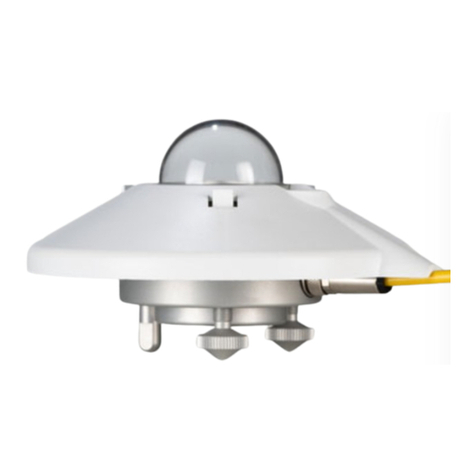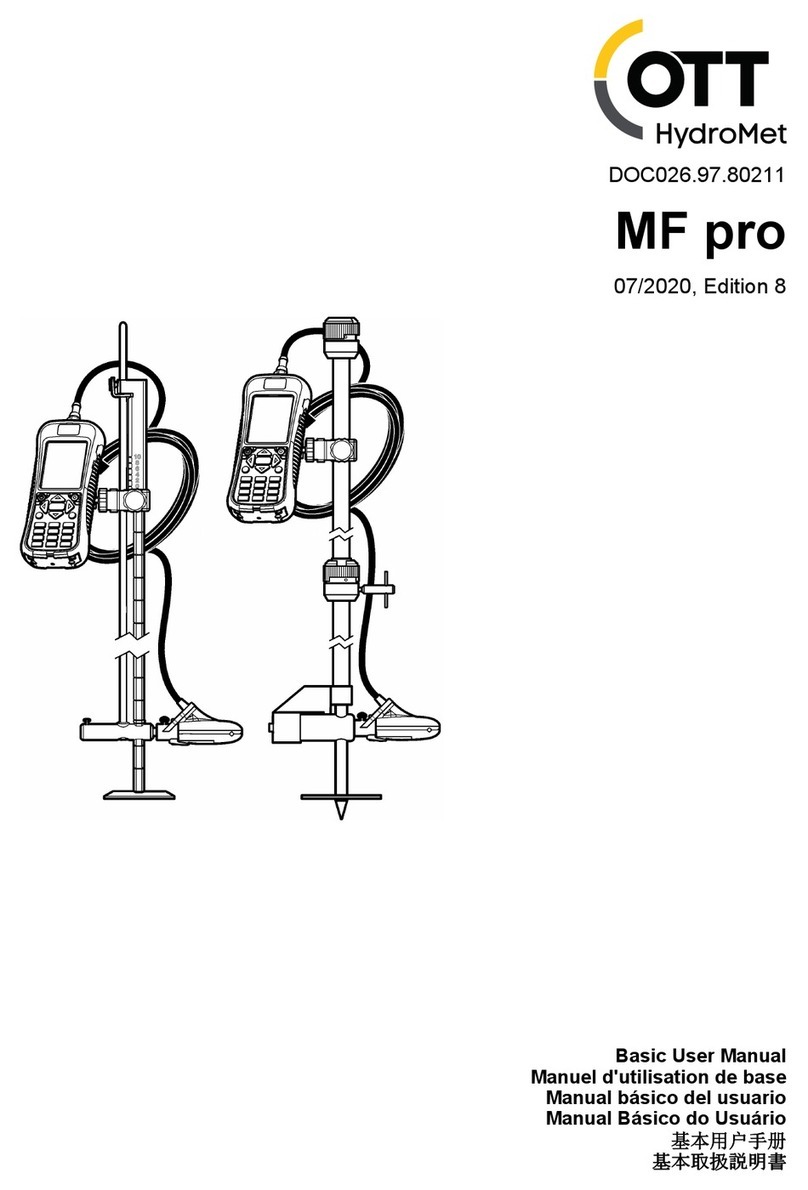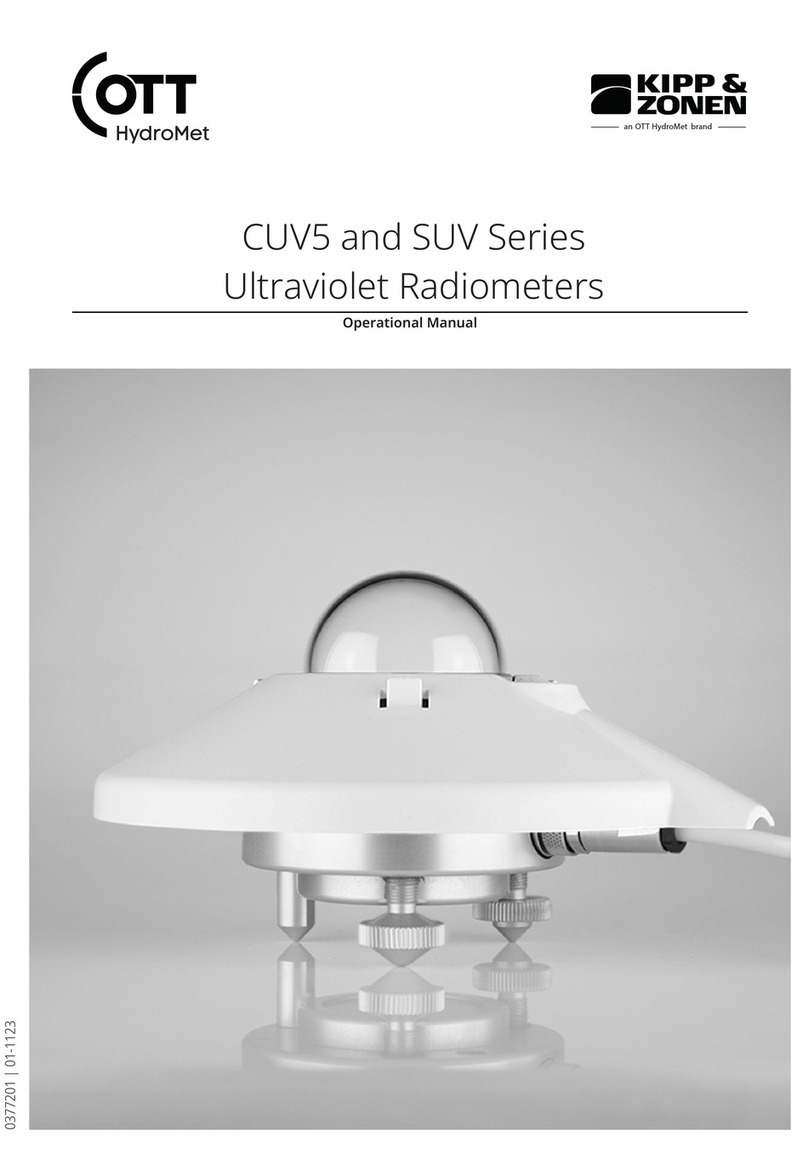
3
Table of contents
Important user information ............................................................................................................................................ 2
Introduction..................................................................................................................................................................... 5
Safety precautions................................................................................................................................................. 5
Waste disposal....................................................................................................................................................... 5
Customer support.................................................................................................................................................. 5
Product overview ............................................................................................................................................................ 6
The DustIQ soiling measurement instrument....................................................................................................... 6
Included with the product..................................................................................................................................... 6
Intended use .......................................................................................................................................................... 6
Planning the installation and use of the DustIQ............................................................................................................. 7
Where to place DustIQ in the PV plant .................................................................................................................. 7
How to value dust measurements .................................................................................................................................. 8
Introduction........................................................................................................................................................... 8
Solar angle dependency........................................................................................................................................ 8
The influence of dew and rain............................................................................................................................... 9
Dealing with small offsets in transmission Loss or Soiling Ratio .......................................................................13
Dust measurements before local calibration .....................................................................................................14
Installation .................................................................................................................................................................... 15
Tools required...................................................................................................................................................... 15
Pre-installation .................................................................................................................................................... 15
Connecting the cables to the DustIQ................................................................................................................... 16
Connecting the cable to the USB converter and power supply ......................................................................... 17
Connecting the cable to the PMU485 interface box ...........................................................................................17
Changing the settings of the DustIQ....................................................................................................................18
Mounting the DustIQ outside .............................................................................................................................. 26
DustIQ physical installation ................................................................................................................................ 26
Use of the clamps for installation ....................................................................................................................... 27
Fitting the host connector and cable outside:....................................................................................................30
Fitting the daisy-chain cable ............................................................................................................................... 31
Installing the PV panel temperature sensor ....................................................................................................... 31
Connection to a RS-485 network......................................................................................................................... 32
Electrical details .................................................................................................................................................. 32
Operation and measurement ....................................................................................................................................... 33
Data collection..................................................................................................................................................... 33
Housing ................................................................................................................................................................ 33
Local Dust Calibration................................................................................................................................................... 34
The advantage of a local dust profile.................................................................................................................. 34
Post-processing of old DustIQ data after local dust calibration ........................................................................35
Making of a local dust profile .............................................................................................................................. 36
Maintenance and re-calibration ................................................................................................................................... 37


































